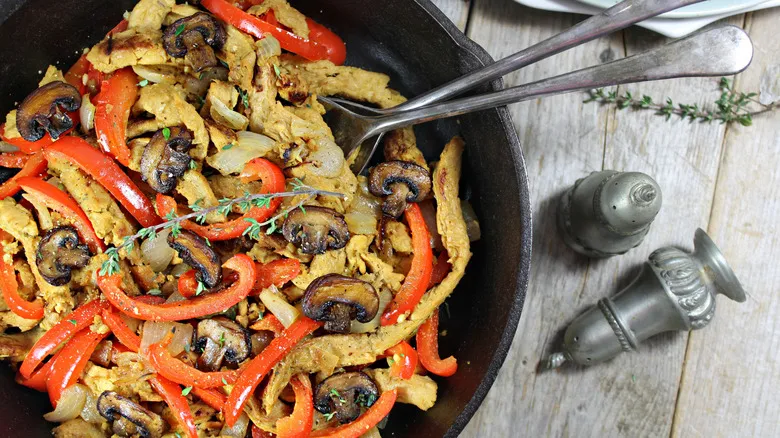Beyond novel food technology: the historic origins of animal-free meat
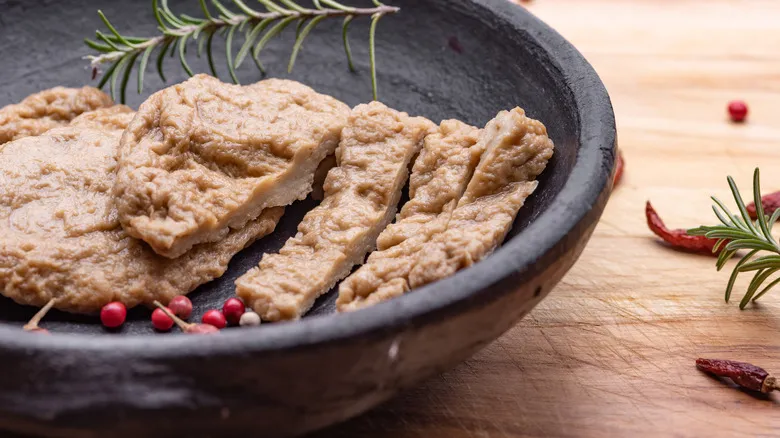
As we navigate what seems to be an extraordinary period of innovation in plant-based and animal-free foods—driven by technologies such as precision fermentation, cultured meat, and 3D printing—the idea of animal-free meat is not as contemporary as many might assume. In fact, it traces back over two thousand years to ancient China during the Han Dynasty (206 B.C. to 220 A.D.), rooted in Buddhist principles that advocate for compassion towards all living beings and oppose the killing of animals. Thus, the Asian diaspora is well-acquainted with a rich culinary history that emphasizes plant-based dishes while still delivering robust flavors without the use of animal products.
The earliest recorded meat alternative is tofu, which was developed during the Han Dynasty as a protein-rich substitute. With various degrees of firmness suited for different culinary applications—ranging from savory to sweet—tofu has long been a beloved medium for absorbing diverse flavors and providing essential nutrition. In Southeast Asia, tempeh, a fermented soybean product distinct from seitan, has served as a vital source of plant-based protein in Indonesian cuisine for at least four centuries. By the 1300s, culinary innovation had advanced to what scholars refer to as "second-generation" plant-based meats, with Chinese chefs creating intricate meat substitutes such as faux eel and mock sausage. During the Mughal era, which began in the 16th century, soya chaap made from soy gained popularity as a meat alternative in North Indian cuisine, celebrated for its chewy, meat-like texture when grilled or incorporated into curries.
Recommended
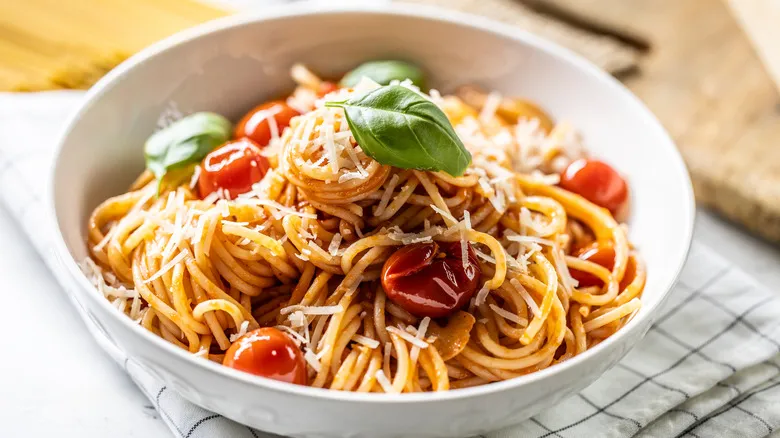
The Budget-Friendly Protein To Try In Your Next Pasta
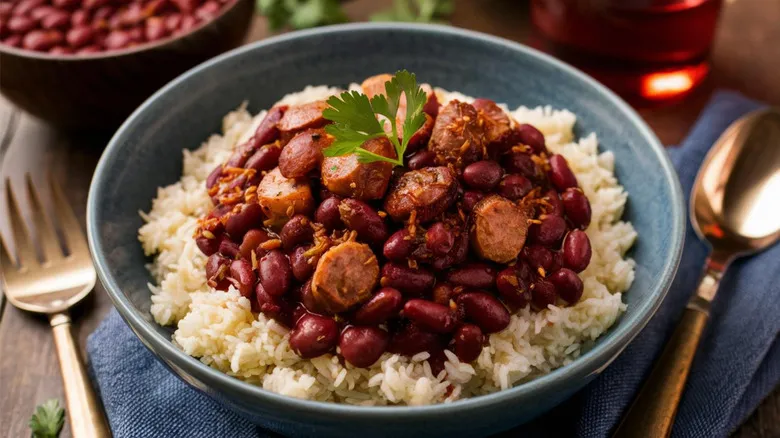
Is It Ever Okay To Use Canned Beans For Red Beans And Rice?
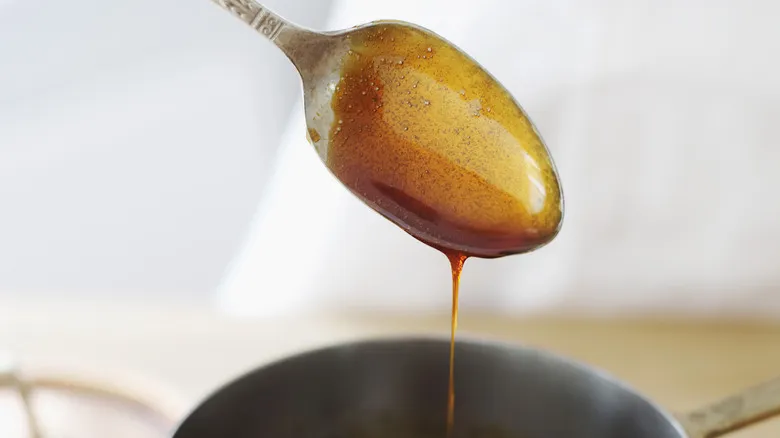
Make Brown Sugar Syrup At Home With 2 Easy Ingredients

The Clever Cutting Method To Cook Uneven Fish Fillets Perfectly Every Time
Next up

